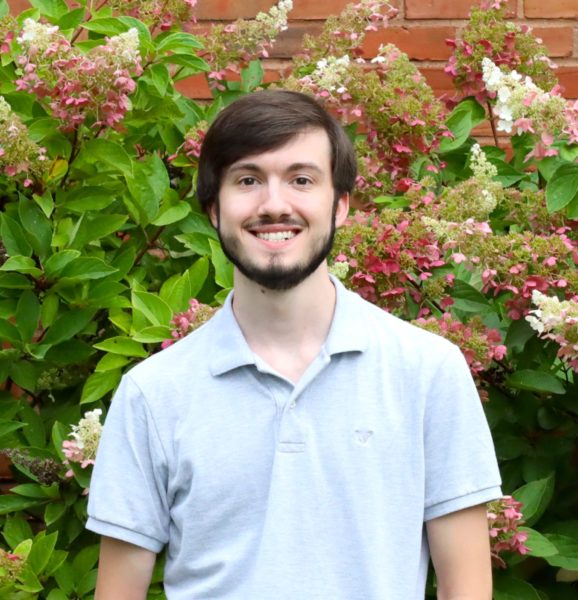The horror genre has undergone many transformations since its inception. From Mary Shelley’s famous monster novel “Frankenstein” to the more absurd horror of directors such as Jordan Peele, our appetite for what truly scares us has changed immensely.
Horror movies reached their widespread appeal in the 1970s and 1980s with slasher films; movies such as “Friday the 13th,” “Halloween” and “The Texas Chain Saw Massacre” captured audiences’ attention. Films featuring ruthless killers chasing down a group of innocent civilians—often teenagers—popped up left and right. Slasher films were money-making machines, and the most successful franchises generated numerous sequels, some of which are still being made today.
The aforementioned slasher movies all featured real, tangible villains which became staples of the genre. Villains such as Jason Voorhees, Michael Myers and Leatherface have become cult icons, and they are now seen as the definitive horror movie villains. Halloween is partly a holiday based around these cult killers, as Halloween stores all across the country feature countless costumes directly borrowing from the source material.
The horror genre today, however, is not as easily defined. Horror “villains” have mostly left the scene, aside from the occasional reboot of the slasher classics from the 1980s. More experimental films have risen in their place. Psychological horror and thriller movies have gained considerable popularity over the years. Whereas slasher films all involved a named killer, psychological horror films don’t always feature a physical villain. They function by creating a sense of psychological dread among audience members.
And while slasher films were intended to make as much money as possible, modern horror, especially psychological horror, allows for directors to explore complex themes and get to the root of what truly scares people.
Jordan Peele’s movies are a shining example of the power behind this new kind of horror. His most recent release from 2022, “Nope,” doesn’t feature a villain you can clearly see—until the very end. Instead, through a series of very brief scenes, you see a mysterious alien spaceship appear and then vanish suddenly. You’re slowly led into a dark forest where you must then make sense of everything. The movie doesn’t tell you what it’s about—you have to figure it out on your own.
To add to the already dark atmosphere, the movie starts with a gruesome, bloody scene: A chimpanzee named Gordy, who was part of the fictional sitcom “Gordy’s Home,” goes on a violent rampage against his human co-stars when a balloon suddenly bursts. The only person left is a young boy who hides, traumatized and terrified, under a table.
The opening scene is crucial to introducing the message that Peele was trying to convey. The movie turns into a bizarre yet fascinating portrayal of our relationship with wild beasts, and how, instead of trying to tame them, we should let them go.
“Nope” is only one example of the many modern horror movies that show true creativity. “Annihilation,” a sci-fi thriller from 2018, features a group of scientists sent on a mission to investigate a mysterious zone called the “Shimmer”; here, the surrounding environment is warped in ways that don’t align with our understanding of the laws of nature. The theme of change becomes prominent throughout its runtime. Characters disappear and turn into Lovecraftian abominations once normal animals turn into terrifying beasts, and the movie itself ends up appearing warped near the very end. And the modern cult classic “The Babadook” explores grief and its damaging effects on the relationship between a widowed mother and her son.
Slasher films, since they were designed for mass consumption, were not able to achieve even close to that level of depth. While admittedly entertaining and a fan favorite to binge during Halloween, the slashers of the ’70s and ’80s were intended to make money, not to explore complex and relevant social themes.
This isn’t to say that the slasher classics are bad. Sitting down and watching a seemingly invincible killer chase down a group of kids may be entertaining. But when you want to be truly scared, and actually feel it, maybe instead opt for the wondrously terrifying realm of psychological horror—because sometimes what you can’t see is the most terrifying.


